With Guilty Gear Strive, Arc System Works is pushing for the next evolution of its beloved fighting franchise
Guilty Gear creator Daisuke Ishiwatari talks to OPM about taking fighting games back to the dojo with Strive
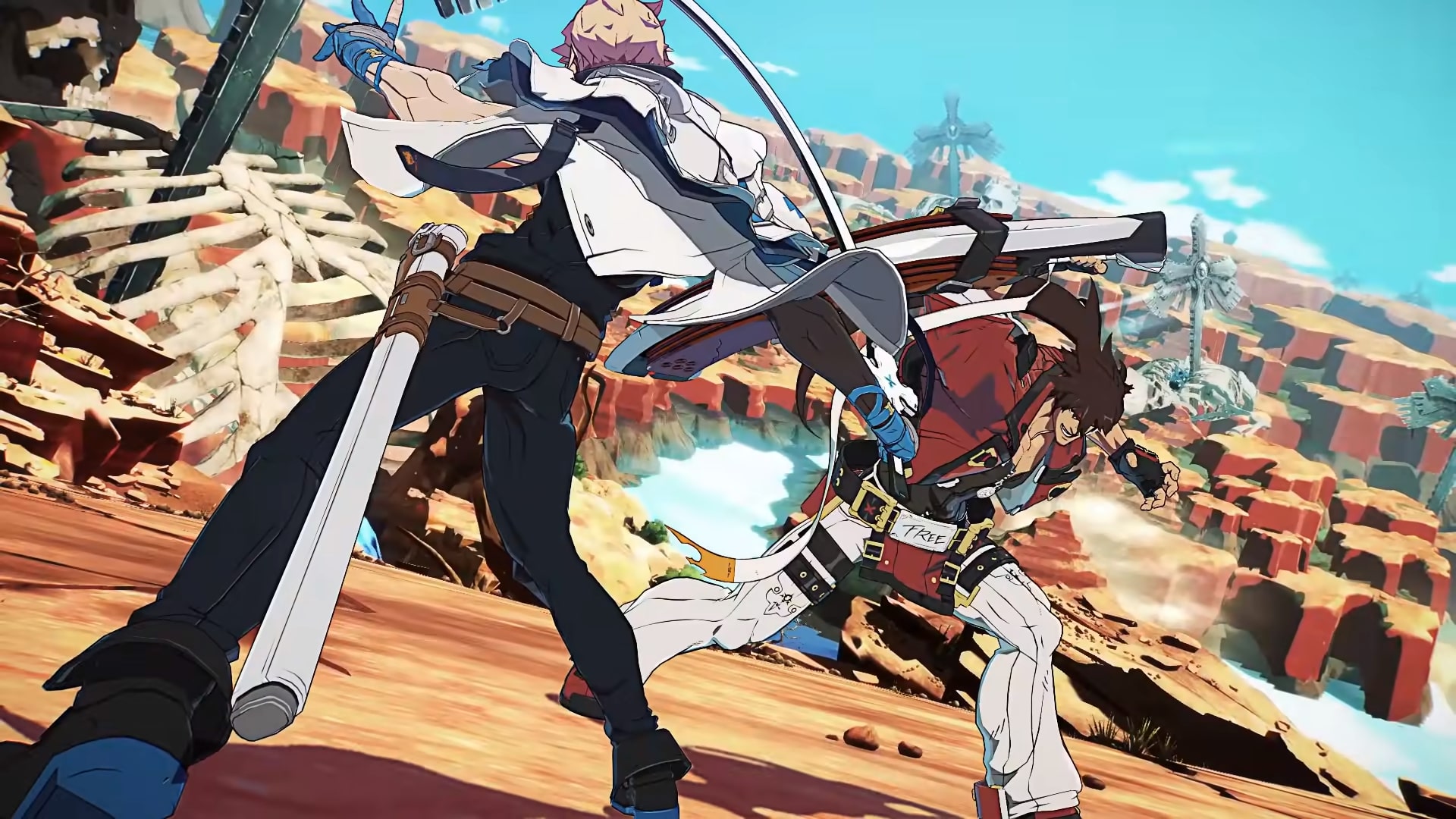
For fighting game fans, Arc System Works needs no introduction. Its core series, Guilty Gear and Blazblue (which started on PS1 and PS3 respectively), have dominated fighting game tournaments like EVO for years now. On top of that the studio's produced some impressive franchise-led efforts in the shapes of Persona 4 Arena, Dragon Ball FighterZ, and Granblue Fantasy Versus. Now with Guilty Gear Strive (the "iv" in the title is meant to denote the fourth true iteration of the series) the fighting game studio is taking the genre right back to the drawing board.
"Over Guilty Gear's 20-year history, the focus was to make each update more exciting and impactful than the last," says Daisuke Ishiwatari, the series' creator and chief creative officer on Guilty Gear Strive. "We tried to tone it down somewhat with Guilty Gear Xrd, but it didn't address the main issue with the series – the gap in ability between veteran players and those new to the franchise."
Arc's games are known for being fast-paced and technical, with a high skill ceiling, all bright lights and clashing colours that require twitchy reflexes to master. But over the years it's been working to make fighters friendlier by including more in-depth tutorials and new modes that assist with combos without taking away too much control.
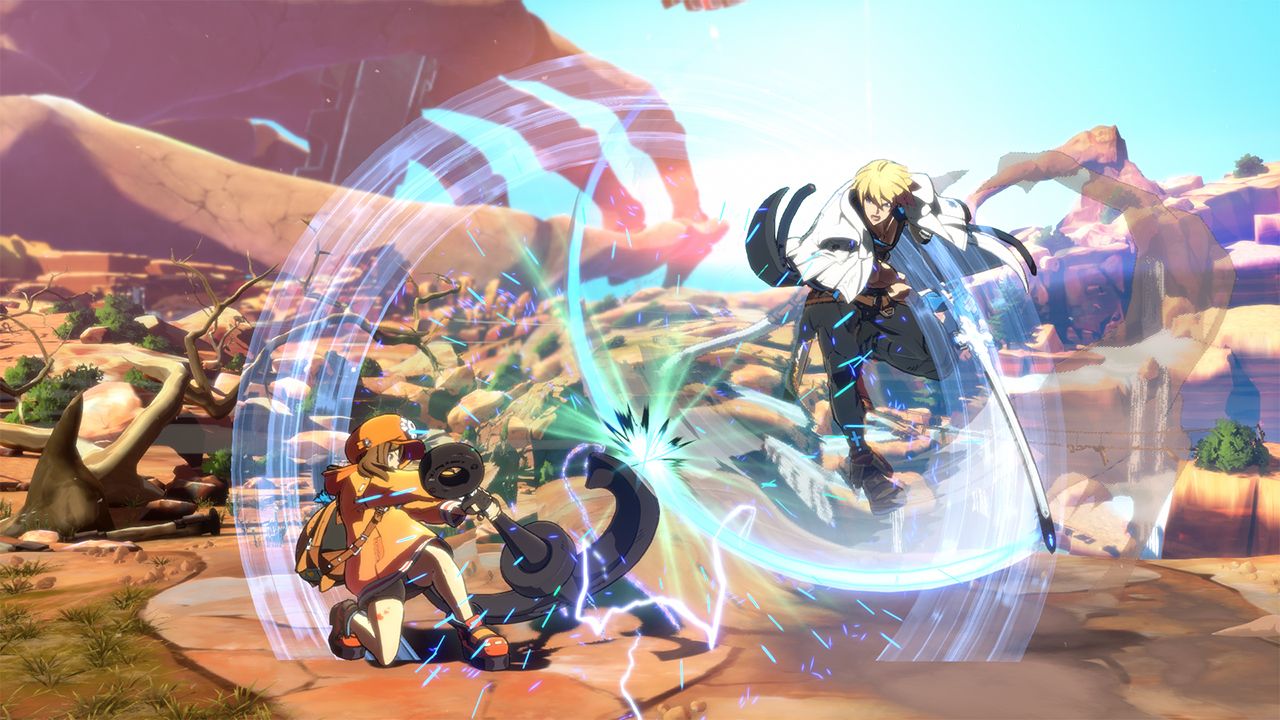
"The fighting game genre is competitive by nature and demands a high level of technique and execution of players, so there should be a clear difference between strong players and those just starting out," says Ishiwatari on the difficulty of balancing the two sides of the spectrum.
"The problem was that the ability gap between series veterans and beginners was still too large, even though Guilty Gear Xrd was intended to be a brand-new title. [One thing] we are doing now is taking a hard look at a number of things in order to establish a new baseline for long-time players and newcomers to start from."
With Strive, Guilty Gear is undergoing a big mechanical overhaul to address its complex nature. "The goal is not to simplify complex mechanics or make the game easier. To excel, players will still need to develop advanced skills and an in-depth understanding of the game," says Ishiwatari. "Our games have the reputation of being hard to understand from the very beginning."
Putting on a show
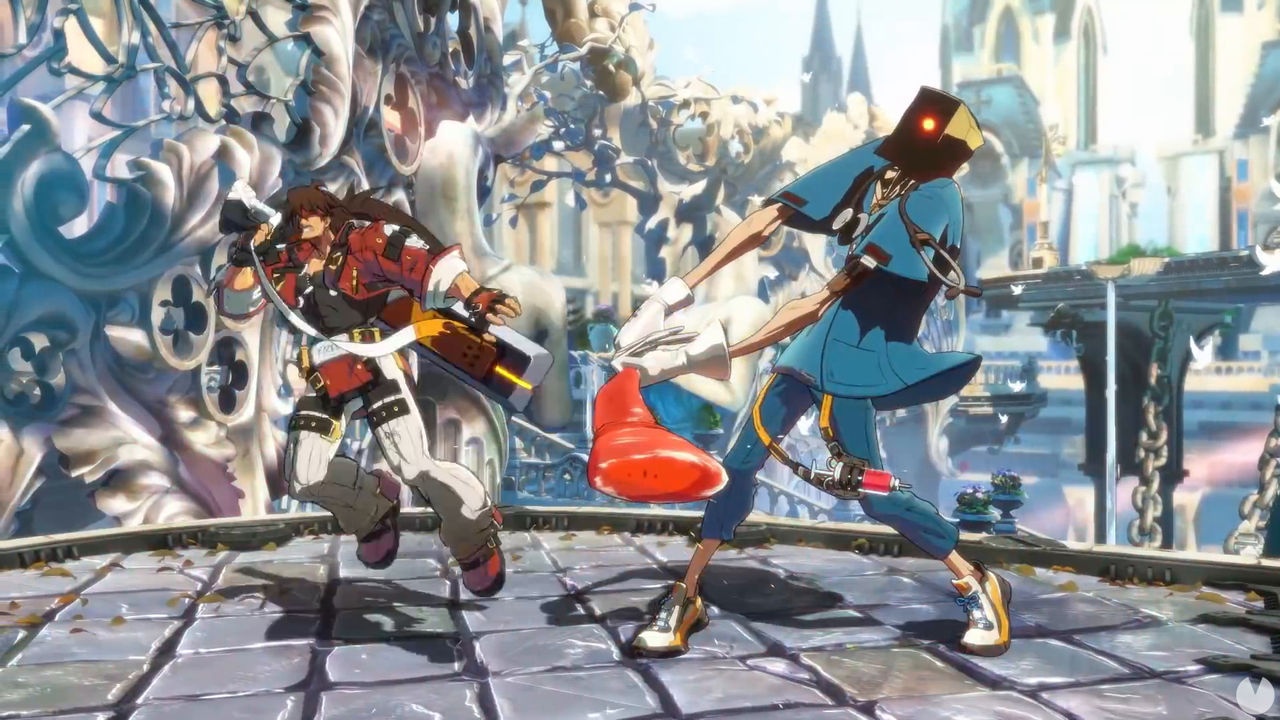

This feature originally appeared in Official PlayStation Magazine. Subscribe now to have every new issue delivered to your door.
From the demo that's been showcased at a few fighting game tournaments, it's clear that while a lot of changes have been made, characters still have many of the moves you'll be used to.
Sign up to the GamesRadar+ Newsletter
Weekly digests, tales from the communities you love, and more
Rather than becoming more basic, Strive is designed so it's easier to understand what types of good plays you should make. It's easier to follow. But the core system remains the same: you string together combos of punches, kicks, slashes, and hard slashes (it's a four-button fighter, so great on a standard controller).
Those moves are in order of strength; hard slashes have more of a wind-up, and you can combo upwards through those moves. Timing is less important than in, say, Street Fighter – just mash out buttons up the scale, and like jamming on a scale on a guitar you'll get your moves out.
Dust attacks on you are launch moves, and ducking while you do it now gives you the option to sweep attack to knock your opponent off their feet. The combat's always been fairly simple to follow when you break it down, but the way Strive is presented ensures it clicks into place quickly for newbies.
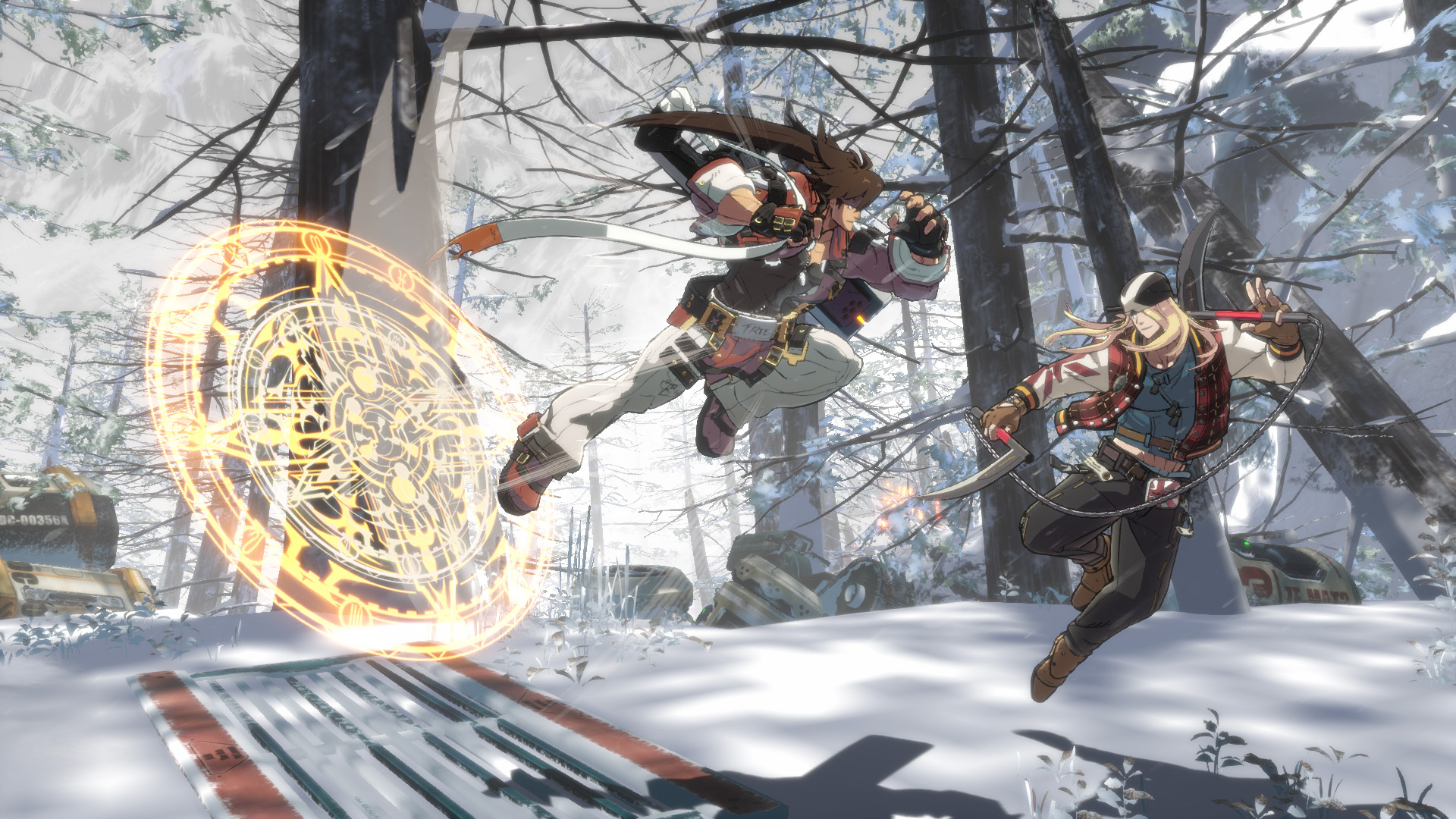
Guilty Gear is well known for being gorgeous – like 2D animation come to life in three dimensions (while remaining on a 2D plane – the camera pans around characters at key moments to reveal the depth). But with so many flashy effects and long combos new players could find it intimidating to grasp.
"The major focus for this title is to make a game that even casual spectators can easily understand what is happening on screen," says Ishiwatari. "I think that if people can clearly grasp what needs to be done in order to win a round, players of any level will be able to enjoy the game even if the core mechanics appear difficult."
That said, you still have to put in practice to be able to eke all you can from a character's moveset. "We are working on making it an entirely new experience for all players," says Ishiwatari. "However, we intend to make it such that players can still feel elements distinctive to Guilty Gear, such as freedom and the ability to express their individuality through the game."
Risc versus reward
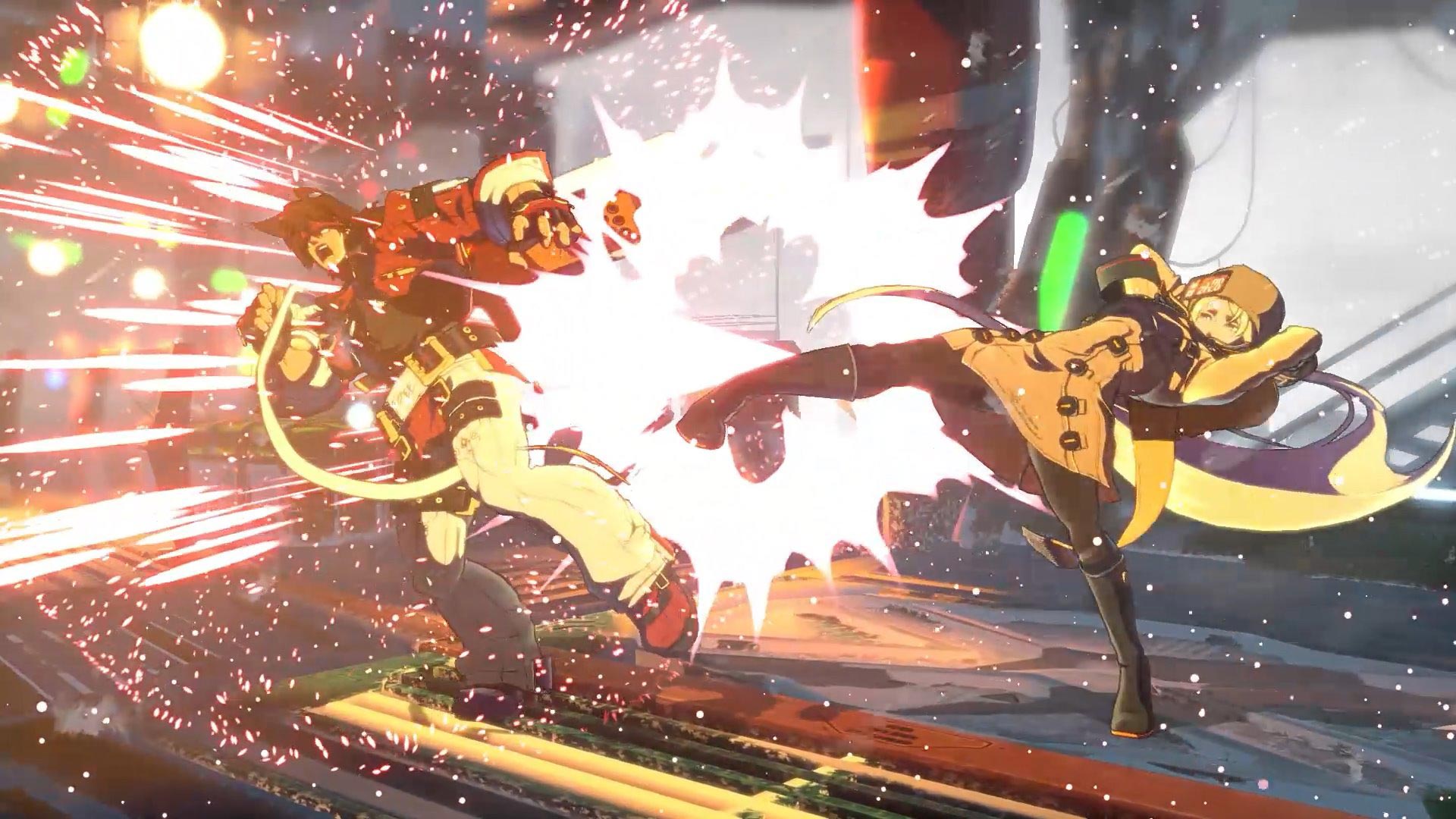
These days, watching the game and being able to understand it isn't just important for the players. As eSports becomes bigger, developers have to consider spectators too. "We think that will be required for all fighting games moving forward. Some software has been developed to make watching matches more enjoyable on stream and it's essential that game content matches those efforts, which is something we've kept in mind while developing Guilty Gear Strive," says Ishiwatari.
From that point, if a viewer can understand the flow of the game, they might be more encouraged to pick up a pad for themselves. While Strive is aiming to be more approachable, that doesn't mean it's being pared down. If anything, it has some more tense back-and-forths than before, with tweaks to the system that force you to focus on countering opponents with your offence rather than running scared. The new RISC system is one way players are pushed forward, with blocks gradually losing effectiveness the more hits you take, meaning you always have to be aware of potential openings.
The series' first foray into stage transitions is another way the team is trying to encourage more of that back-and-forth for all players. "In most fighting games, trapping your opponent at the edge of the screen gives you a huge advantage, and one of the most exciting parts of the match is for attacking players to come out with the best result in this moment," shares Ishiwatari. "However, I feel that there is a huge difference between getting a good combo in and just endlessly trapping someone in the corner. In previous editions of Guilty Gear, there were times when the player on defence had no options. One of the goals for the new title is to break those kinds of deadlocks faster while preserving the concepts of superior execution and challenging gameplay."

"The major focus is to make a game that even casual spectators can easily understand."
The stage transitions are part of the way Strive is evolving Guilty Gear visually too. Knock your opponent back and the camera zooms in, spins around, and follows the action. The series has gone from having some of the best pixel art around on PS1 and PS2 to 3D anime- in-motion style in Xrd.
"[In Xrd] the focus was to recreate the feeling and visual impact of Japanese anime," says Ishiwatari. "For Guilty Gear Strive, we've implemented new camera movements not present in the previous version. We've also added visual weight to all the characters so they appear more substantial on the screen and expanded the backgrounds to allow the camera more freedom of movement."
There's more of a sense of impact than the sometimes floaty last game had (though many of the characters still dash around at high speed). Pull off a good counter and the camera will zoom in to highlight the clash, while a special move will see it come close to a character, showing off all the detail in their faces. The rockin' song that introduced the new game was Smell Of The Game (hear it for yourself at bit.ly/opm- strive). Heavy guitar sounds have always gone hand-in-hand with the series. It's just a part of its nature. That energy is now carrying through everything.
"What we were aiming for by creating this song was to describe the wild atmosphere of the series," says Ishiwatari, "[the] excitement of a beginning of a new world, and [to] set our mind not to lose the essential qualities of the game." We look forward to seeing what the new Guilty Gear brings, and we're sure other fighting games should be taking note. That's nothing to feel guilty about.
Looking for the latest information on the PS5 and PS4? Then you'll want to subscribe to Official PlayStation Magazine to get it delivered straight to your doorstep, and check out Magazines Direct for all of the latest offers.

Games Editor Oscar Taylor-Kent brings his Official PlayStation Magazine and PLAY knowledge to continue to revel in all things capital 'G' games. A noted PS Vita apologist, he's always got his fingers on many buttons, having also written for Edge, PC Gamer, SFX, Official Xbox Magazine, Kotaku, Waypoint, GamesMaster, PCGamesN, and Xbox, to name a few.
When not knee deep in character action games, he loves to get lost in an epic story across RPGs and visual novels. Recent favourites? Elden Ring: Shadow Of The Erdtree, 1000xResist, and Metaphor: ReFantazio! Rarely focused entirely on the new, the call to return to retro is constant, whether that's a quick evening speed through Sonic 3 & Knuckles or yet another Jakathon through Naughty Dog's PS2 masterpieces.


